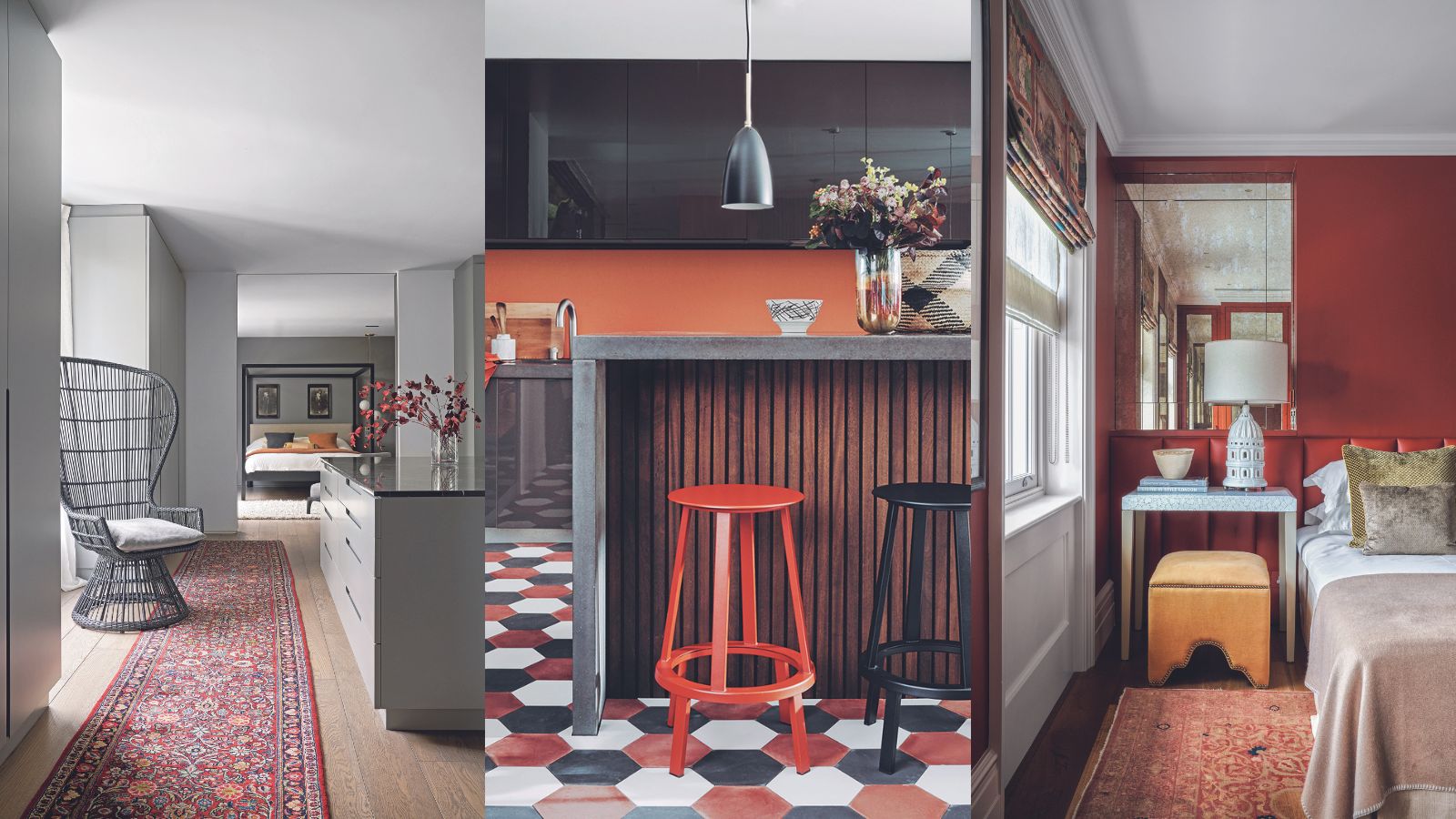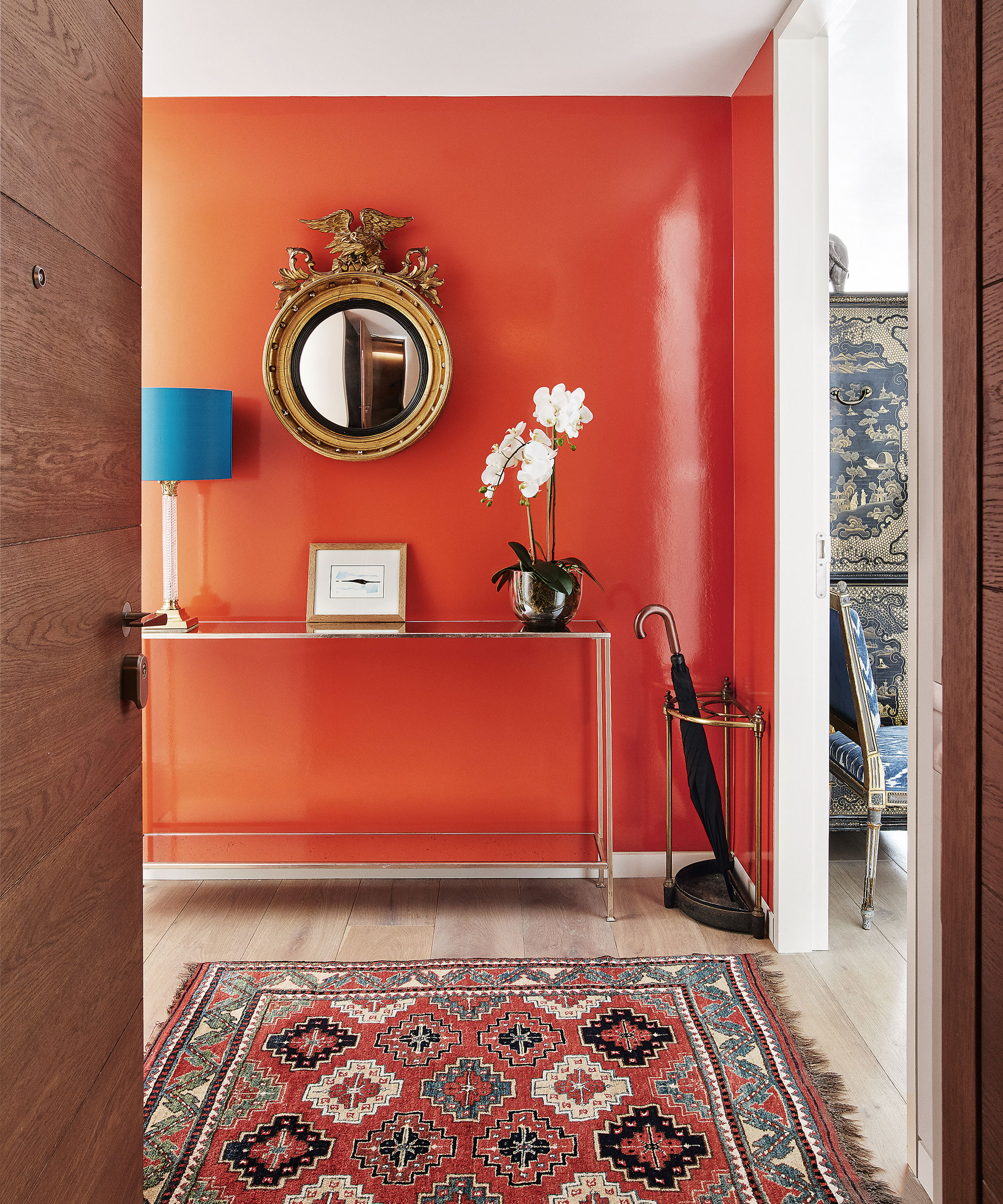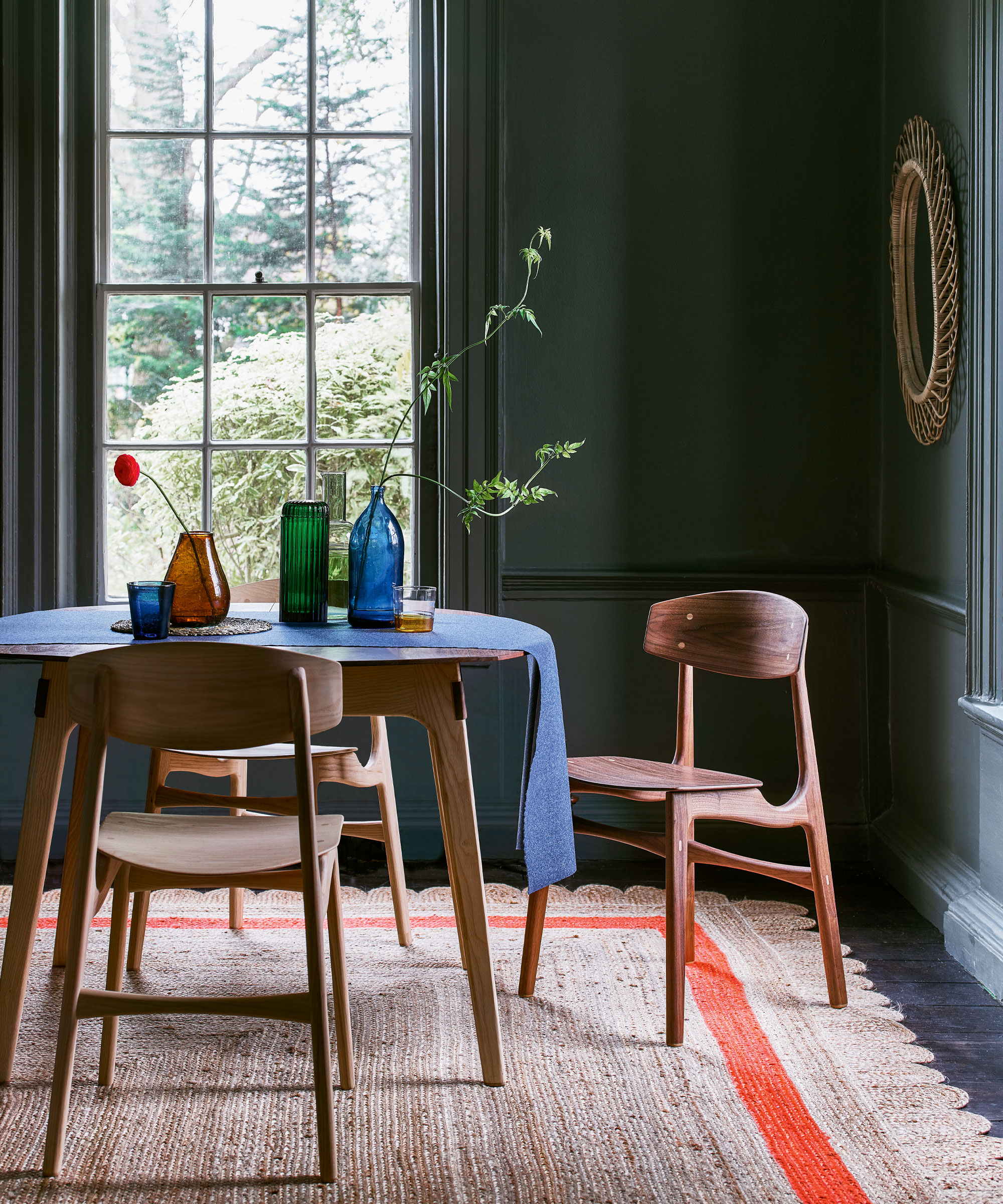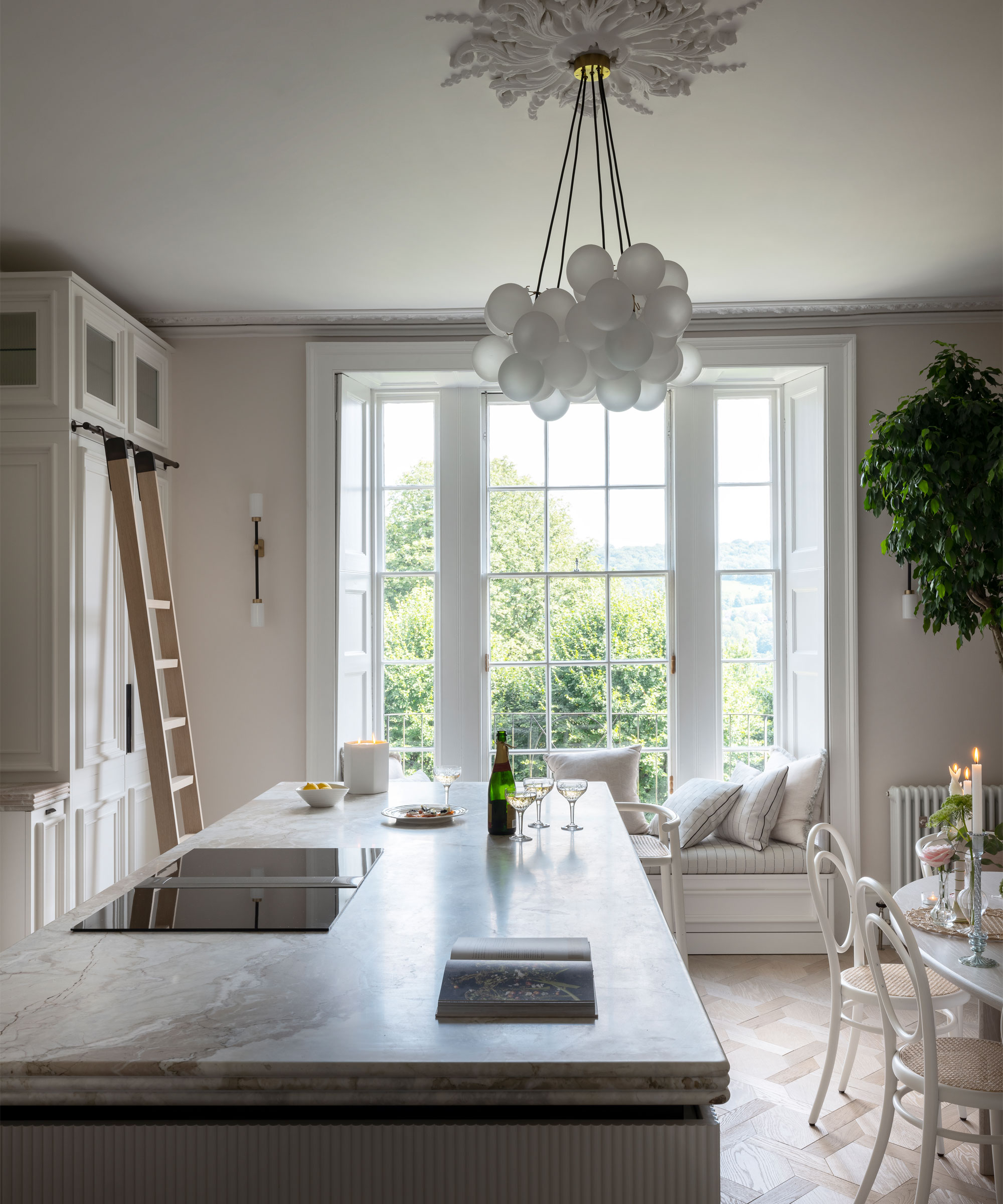What are the worst colors to paint a room? The shades experts say you should never use
If you are planning to paint your home, you might be wondering what to avoid – here, experts share their wisdom around the worst colors to paint a room


If you are wondering what are the worst colors to paint a room, then wouldn't be the first person to ask about this common decorating dilemma. Getting the color right in a room can be a tricky business. Even with all their experience, it can take time for professionals to make a decision. There is a lot to consider – the size and shape of the space, the available natural light and its direction, who it is for, how the color makes you feel, etc.
Here interior designers, decorators, and color psychologists reveal what the worst colors to paint a room are, and how to approach choosing paint ideas for room color schemes that truly sing, from using the color wheel to help you avoid making disastrous color mistakes to finding paint colors that will make you feel happier at home.
What are the worst colors to paint a room?
'Choosing a paint color is one of the hardest parts of decorating because we only actually know the true color of something because it’s sitting next to another color,' says Rachel Chudley, an interior designer renowned for her use of strong color.
'When you’re thinking about paint color and paint tricks for your home, you have to first start by standing in the middle of the room, and explore what will be around the color – where the light is coming in, the architectural qualities of the room, and even what is outside the window. If you have foliage outside which the light has to filter through, that green is going to be cast throughout that room. These considerations will help you understand what the color will read as in the space.'
Here are some of the worst colors to paint a room, along with the best tips to help you choose the right ones for your home.
1. Red – a color that can overwhelm if used incorrectly

Red room ideas can be too intense for most people – and red is considered to be the most stressful color in history. This harsh paint color often reminds us of danger and disaster. It is strong, boisterous, and stimulating, which is why it is often used in warning signs and traffic signals.
'Physically, red can induce reactions in the body that are similar to stress responses, such as increased heart rate, higher body temperature, and heightened senses,' says Karen Haller, color psychology specialist, and best-selling author of The Little Book of Color. It is also known to be a color that makes you angry, so should be used with caution.
Design expertise in your inbox – from inspiring decorating ideas and beautiful celebrity homes to practical gardening advice and shopping round-ups.
However, red isn't all bad. 'The most stressful color for you is entirely personal,' she says. 'It could be a color that conjures up a personal memory that has negative or unpleasant feelings. This might not necessarily be carmine.'
Chad Dorsey, interior designer, and founder, of Chad Dorsey Design loves using red in the home: 'Many people think red is harsh, but used in a monochromatic way I find it to be very soothing. Deep earthy red tones such as this are great for hard-working spaces that you don't frequent too often. They are also very forgiving of a scuff or scratch.'
2. Orange – a stimulating color that heightens the senses

Decorating with orange might be a fun way to add playful color to a room, but it should certainly be used with caution. Much like red, orange is considered to be an overstimulating color, making it a bad choice for restful spaces, such as the main bedroom and children's rooms.
A bold, fiery color tinged with hints of red and brown, orange in all its variations should be approached with consideration. Many color psychologists believe that orange can even change your physiology and balance of hormones.
'It helps to be mindful of the visceral impact color can have on our mindset. For this reason, I would avoid orange for a child’s bedroom,' says Karen Haller, color psychologist. 'You want them to go to sleep straight away, and the color orange is saying "stay awake" – it’s bursting with energy, and can cause an overactive imagination.' If you are looking for a color to reduce stress, orange should not be on your list.
3. Grey – a color often associated with loneliness and depression

Often noted by designers and color psychologists as a depressive and lonely color, grey paint can harmonize well with almost every other hue, making it one of the most adaptable neutrals – and giving good reason for its popularity, says Helen Shaw, UK director at Benjamin Moore.
Within color psychology, grey is said to cause feelings of self-doubt, insecurity, and instability. It is believed to evoke a mind-numbing response that can leave many feeling impassive. However, that is not to say that you should never use grey, especially if it is a color that resonates with you or your family. According to some of the world's best interior designers, it pays to be mindful of tone, placement, and lighting.
Grey tones can make a lovely palette for a bedroom as they exude a sense of calm, believes Charu Gandhi, founder, and director of Elicyon. ‘Grey shouldn’t be considered boring or cold; there are ways to make it feel warm and a focal point, either in wallcoverings or within fabrics and finishings. While in previous years cool greys alongside silver and high gloss tones were fashionable, we are using deeper, darker greys or even near-blacks in some of our bedrooms. These richer tones envelop you as you enter the room and add coziness. To avoid the room feeling somber, it’s important to pair grey with pops of color and texture in accessories such as pillows or throws, or artwork.'
4. Using a paint color that you don't love

When it comes to decorating, not choosing a paint color scheme that makes your heart sing is a tremendous yet easy mistake to make. While you may love the room you've seen in your favorite glossy magazine, you would be wise to pick a paint color that evokes positive or pleasant feelings for you. Your home should bring you joy and paint color is a vital – and cost-effective way – to revitalize any space, and should be given as much consideration as any other element in your home.
Happy room ideas have never been more needed. With all the uncertainty in the outside world, our homes have become havens, with every room's design able to contribute positively to our mental well-being.
If you are at a loss for when to begin, start with a moodboard. Collect images from magazines or online to help determine your palette. They don’t have to be interior images – scenes from nature, fashion magazines, and travel can all inspire your interior design scheme. Once you've collected your images, learn how to make a moodboard to get your design underway.
Designers also talk about another element when using color: contrast. As a result, don’t be tempted to lean on analogous colors – those that sit side-by-side on the color wheel – the result will be harmonious but might lack in vitality. Equally, a scheme based on complementary colors will result in maximum contrast but will need to be softened by neutrals.
5. Not choosing a paint color according to light levels

Another key factor is light, and the best way to address this is by considering the aspect of the room as well as the undertone of the paint.
‘As a general rule, to lighten up a north-facing room, avoid anything with a green or grey base or don’t fight it and paint it dark which creates a cozy and cocooning feel,’ says Patrick.
Meanwhile, using soft, pale tones is a great way to maximize the feeling of light and space in a south-facing room. Light in west-facing spaces is cooler in the morning and brighter in the afternoon so warm tones will work well, while light blues and greens can have a calming effect on east-facing rooms.

Jennifer is the Digital Editor at Homes & Gardens, bringing years of interiors experience across the US and UK. She has worked with leading publications, blending expertise in PR, marketing, social media, commercial strategy, and e-commerce. Jennifer has covered every corner of the home – curating projects from top interior designers, sourcing celebrity properties, reviewing appliances, and delivering timely news. Now, she channels her digital skills into shaping the world’s leading interiors website.